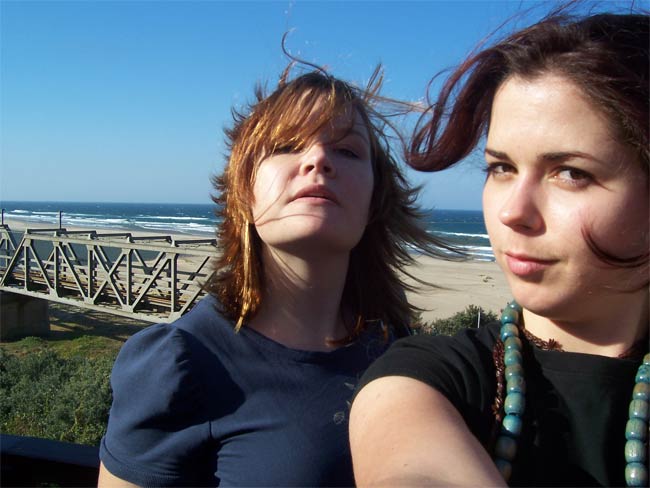Teen Talk: Science Needs to Dazzle

SAN FRANCISCO--Scientists who want to get their messages across to hip teens should spice up their presentations without dumbing down the science.
When it comes to climate change, educating the next generation of earth-saving scientists takes savvy, scientists said here last week at a meeting of the American Geophysical Union.
"Teenagers live in an MTV world so most things they are exposed to are slick and well produced," said Katharine Giles, a research fellow at the Center for Polar Observation and Modelling in the United Kingdom. "So anything like a lecture should try and get to the same standard."
The Faraday Lecture of 2006 did just that. With swirling lights, electronic music, videos and lots of audience participation, more than 30,000 attendees got a dose of "Emission Impossible: Can Technology Save the Planet?"
This past year, the hour-long presentation, which toured the UK and Asia with web broadcasts in North America and Europe, explored how people affect the climate, ideas for alternative sources of energy and the science and engineering behind the avant-garde concepts.
The alternative energy segment included a teen on stage pedaling a bike to turn his chemical energy into mechanical energy.
With a spotlight on scientists, Giles said the presentation could clear up one misconception among teenagers. As part of the Faraday Lecture, the Institute of Engineering Technology surveyed the public in the UK on climate change and the roles of scientists and engineers.
Get the world’s most fascinating discoveries delivered straight to your inbox.
"Teenagers that were surveyed thought that celebrities could make more of a difference to mitigating our effect on the climate than engineers and scientists could," Giles said. "This may well actually be true, but I think it raises quite an important issue. There's a misconception about what scientists and engineers actually do."
As the International Polar Year (IPY) approaches beginning in 2007, Giles said the results of the lecture could help scientists communicate to youth how exciting and important polar science is to understanding climate change. For instance, melting sea ice leaves behind expanses of uncovered ocean that absorbs more sunlight and increase global temperatures.
- All About Global Warming
- The Weirdest Science Stories of 2006
- Human Nature: What We Learned in 2006
- Top 10 Emerging Environmental Technologies
- Video: Goldilocks and the Greenhouse
- Why Teens Do Stupid Things
Jeanna Bryner is managing editor of Scientific American. Previously she was editor in chief of Live Science and, prior to that, an editor at Scholastic's Science World magazine. Bryner has an English degree from Salisbury University, a master's degree in biogeochemistry and environmental sciences from the University of Maryland and a graduate science journalism degree from New York University. She has worked as a biologist in Florida, where she monitored wetlands and did field surveys for endangered species, including the gorgeous Florida Scrub Jay. She also received an ocean sciences journalism fellowship from the Woods Hole Oceanographic Institution. She is a firm believer that science is for everyone and that just about everything can be viewed through the lens of science.


